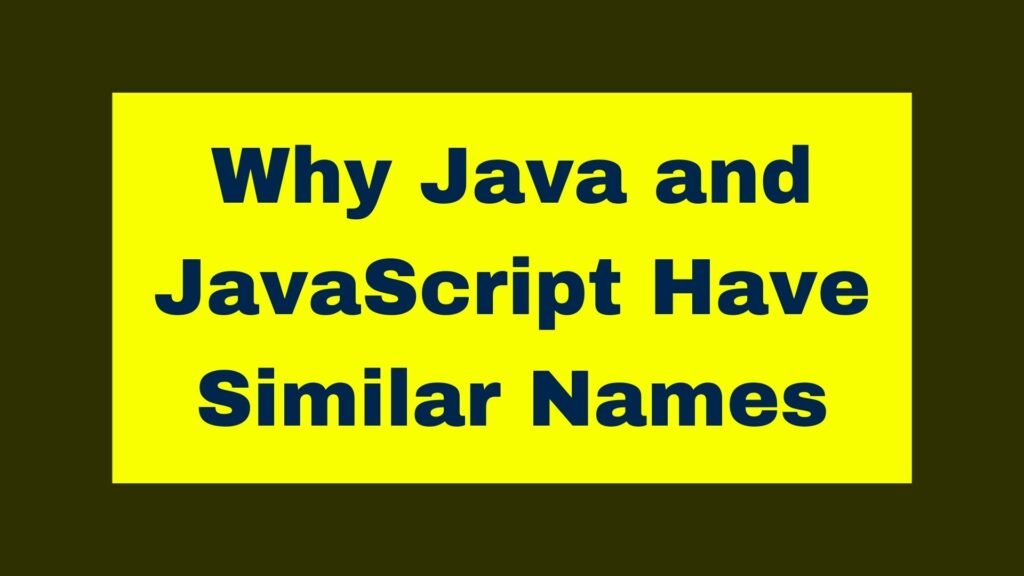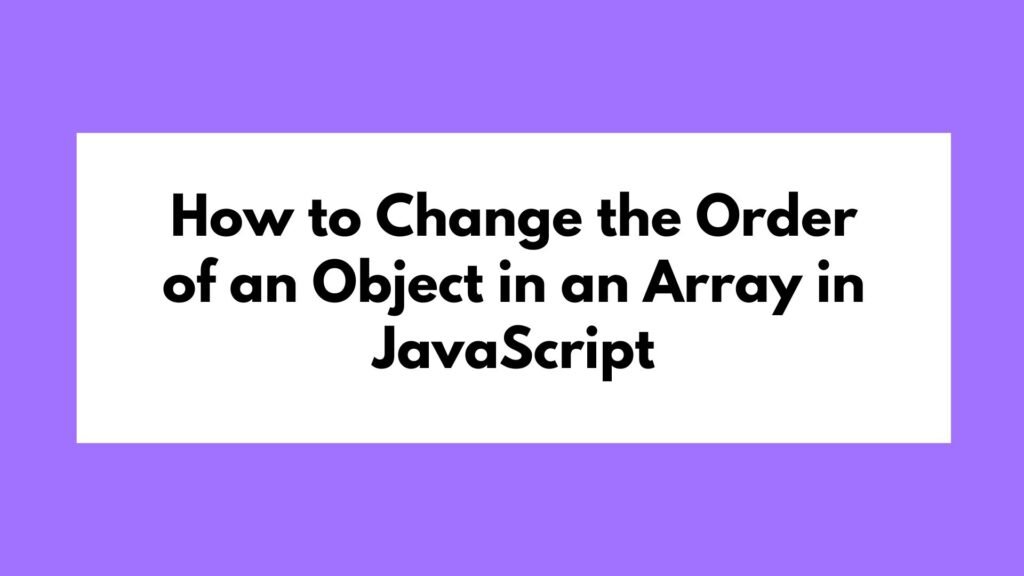
Java and JavaScript have similar names due to marketing strategies in the mid-1990s when JavaScript was created. Netscape wanted to leverage the popularity of Java, a different language, to promote JavaScript.
Java and JavaScript are two distinct programming languages that share a similar name, leading to confusion among many. This guide will delve into the history and reasons behind their naming similarities, despite their differences.
Contents of Why Java and JavaScript Have Similar Names
The similarity in names between Java and JavaScript has often led to misconceptions about their relationship. This guide explores the historical context and marketing decisions that led to their similar names, clarifying that they are fundamentally different languages with distinct purposes.
The Origins of Java
Java was developed by Sun Microsystems in the early 1990s. It was designed to be a versatile, platform-independent programming language with a focus on portability and performance.
Key Points:
- Development: Began in 1991 under the project code name “Oak” and later renamed Java.
- Release: Officially released in 1995.
- Purpose: To create a language that could run on various devices, from desktops to embedded systems.
The Creation of JavaScript
JavaScript was developed by Netscape Communications Corporation in 1995. Initially named “Mocha” and later “LiveScript,” it was created to enhance web pages with dynamic content and interactivity.
Key Points:
- Development: Created by Brendan Eich in just 10 days.
- Release: Introduced with Netscape Navigator 2.0 in 1995.
- Purpose: To provide a scripting language for web browsers that enabled dynamic and interactive web content.
The Naming Decision
The name “JavaScript” was chosen as a marketing strategy to ride on the popularity of Java, which was gaining significant attention at the time. Netscape and Sun Microsystems had a partnership, and the similar name helped promote JavaScript as a complementary language to Java, even though they were quite different.
Key Points:
- Marketing Strategy: The name was intended to capitalize on Java’s popularity.
- Partnership: Netscape and Sun Microsystems collaborated, influencing the naming decision.
- Confusion: The naming has led to ongoing confusion about the relationship between the two languages.
Differences Between Java and JavaScript
Despite their similar names, Java and JavaScript are fundamentally different in many aspects.
| Feature | Java | JavaScript |
| Type | Object-oriented programming | Scripting language |
| Execution | Compiled to bytecode | Interpreted in web browsers |
| Syntax | Class-based | Prototype-based |
| Use Cases | Desktop apps, server-side apps | Web development, interactive web pages |
Example 1: Basic Java Program
public class HelloWorld {
public static void main(String[] args) {
System.out.println("Hello, World!");
}
}
Explanation:
- Syntax: Java uses a class-based syntax.
- Execution: This program needs to be compiled before it can be run.
Example 2: Basic JavaScript Code
console.log("Hello, World!");
Explanation:
- Syntax: JavaScript uses a simpler, more flexible syntax.
- Execution: This code can be run directly in a web browser without compilation.
Conclusion
Java and JavaScript have similar names due to a marketing decision made in the mid-1990s to capitalize on Java’s popularity. Despite their names, they are distinct languages with different purposes and characteristics. Java is a robust, object-oriented language used for various applications, while JavaScript is a lightweight, interpreted language primarily used for web development.
Understanding the differences and historical context can help clarify the misconceptions and highlight the unique strengths of each language.


